31 Days, 31 Lists: 2022 Poetry Books for Kids

It always catches me a bit by surprise how soon the poetry books appear on these 31 Days, 31 Lists. While we still have tomorrow’s “Unconventional Books” to go through, poetry is where we really begin to shift from the picture books to the older titles. All too soon we’ll be discussing all kinds of books for the 9-12 year old set. And, truth be told, some of them are on today’s list. Poetry knows no age borders. At the same time, I was delighted by some of the offerings this year. There are books on today’s list that I thoroughly believe should win Newberys and Caldecotts. And if you read them too, you’ll see why . . .
Interested in previous years’ poetry? Then check out these beauties:
2022 Poetry Books for Kids
At the Pond by David Elliott, ill. Amy Schimler-Safford
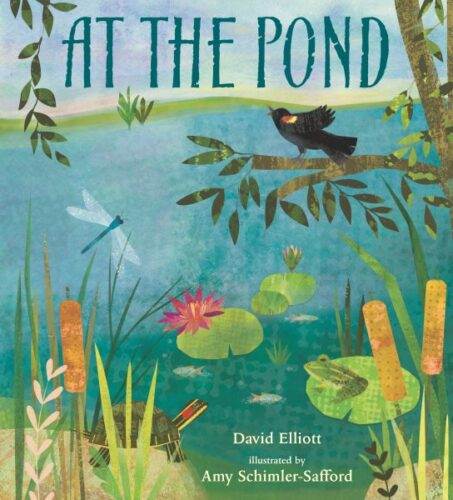
A whole pond wakes up and goes about its day. From beavers to water striders, dive deep into the ecosystem with luscious art to match. I feel a little bad starting anything off by saying, “Don’t discount this one on sight!” but I feel that caveat has to be stated. After all, this looks like yet another pond poetry book. They’re not exactly uncommon. That said, Elliott is a particularly clever poet, and here’s my favorite example: “Polly! Polly! Pollywog! / Golly! Golly! Golly! Frog!” How has no one ever written that before? Once that poem broke down my defenses I was ready to acknowledge and appreciate this ecosystem-heavy telling of what you can find in this particular landscape. The art is naturally gorgeous but the design is what stood out for me. Consider it with a practiced eye.
ADVERTISEMENT
ADVERTISEMENT
Book of Questions / Libro de Las Preguntas by Pablo Neruda, ill. Paloma Valdivia, translated by Sara Lissa Paulson



Neruda’s last great work of poetry is reimagined for kids in this sumptuous collection. 70 questions of the original 320 are presented thematically to kids, and the results are ridiculous thoughtful, and often unanswerable. Oo. Considering how much time and effort and work it often takes to find decent children’s poetry in a year, I was just blown away when I was sent this book at the beginning of the year. It’s so clever in its construction. Neurda’s Book of Questions is taken and the questions are selected, split up, and placed together thematically. It’s a smart way of presenting them, and the result really is more poetic than anything else. Some are philosophical, some practical, and all will make kids think. Meanwhile, it’s on today’s list because artist Paloma Valdivia, who is Chilean like Neruda was, just goes to town with the art. My particular favorite image came when Valdivia interpreted rice like teeth. Be careful not to miss any of the marvelous gatefolds, which are almost hidden throughout the book. I often had to go back and make certain that I wasn’t missing anything. Extra points for the fact that the book is bilingual too. This is a beauty, truly.
Build a House by Rhiannon Giddens, ill. Monica Mikai
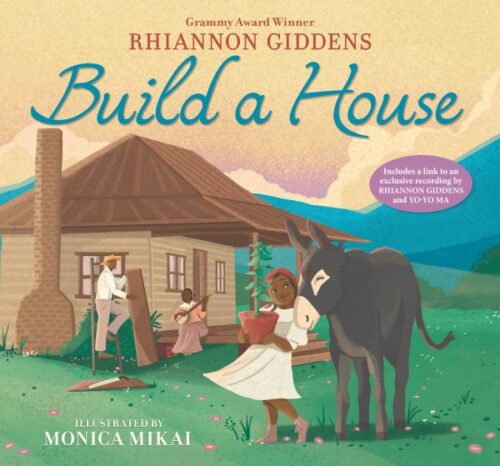
Written to commemorate the 155th anniversary of Juneteenth, this song tells the tale of sorrow and joy, pain and triumph, and always with the child reader in mind. A marvelously honest look at how to sing when the world has left you nothing at all. Let the record show that I was into this book even before I watched the video of Giddens performing it with Yo-Yo Ma. As a general rule I don’t like it when celebrities write children’s books. Turns out, I don’t mind it as much as I thought I did. I just don’t like it when they do a crap job. Ms. Giddens, as it happens, has adapted this song perfectly to the 40-page picture book format. I think what it does so perfectly is acknowledge pain and trauma without giving it power. This book is ultimately hopeful but you see the darkness at its edges. Nothing in this storyline or this art (created by the accomplished Monica Mikai) comes across as simplistic. This is a marvelously nuanced adaptation. Whether you put it in the picture book section or the poetry section, it deserves to be on your list.
Listen to it, performed by both Ms. Giddens and Yo-Yo Ma here:
Counting in Dog Years and Other Sassy Math Poems by Betsy Franco, ill. Priscilla Tey
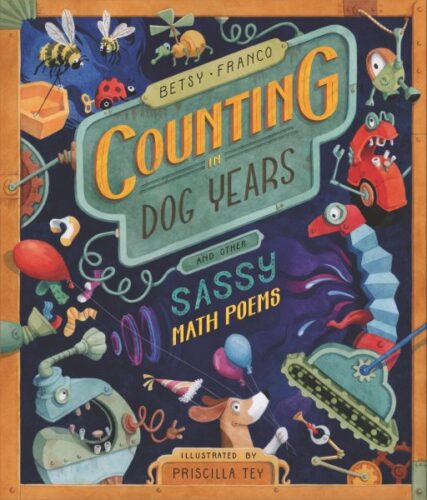
Am I on board with sassy math poems? Yes, I am on board with sassy math poems. The question is how sassy are we talking here? On a scale of one to ten, with ten being the most sassy and one being only mildly sassy, where would this particular book fall? Squarely at five. We’re talking medium level sass. In terms of the poetry and the math itself, though, much higher! While on the Mathical Book Prize committee I’ve always been astounded by math books for children that are afraid of their own math. Franco doesn’t give me that impression. Poems like “How Old Am I?”, for example, go through fractions as they relate to age and birthdays, which I found pretty darn impressive. Meanwhile you’ve these exceedingly delightful gouache pieces of art from Priscilla Tey that can take that poem about fractions and turn it into this rather beautifully rendered side-view of a person’s head as house (trust me, it makes sense when you’re looking at it). The math is strong with this one. The poetry? Strong too!
Free At Last: A Juneteenth Poem by Sojourner Kincaid Rolle, ill. Alex Bostic
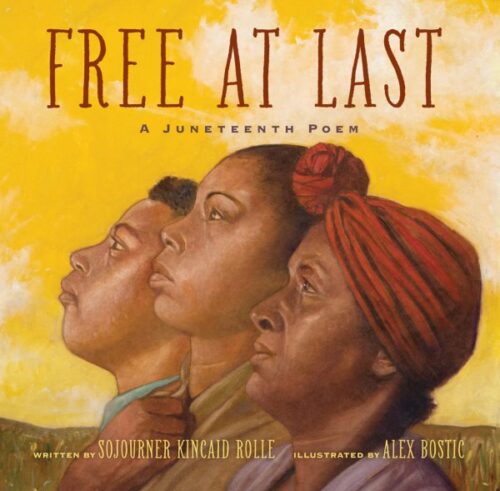
The official poem of Juneteenth is brought to life in a stunning adaption for children. June 19, 1865 is truly celebrated in a poem that will last through the ages. Full disclosure, I interviewed Mr. Bostic as part of SLJ’s last Day of Dialog. And what I learned from our talk was the degree to which he meticulously makes sure that the clothing of his subjects is authentic to the time period. He’s part of this larger trend of editors tapping professional Black painters to start illustrating picture books. The history of this poem (and Sojourner Rolle’s own role in the creation of the Juneteenth holiday) is fascinating for adults in the backmatter, but the poem itself, for kids, is good and strong. A neat adaptation to the picture book format worth considering.
Marshmallow Clouds: Two Poets at Play Among Figures of Speech by Ted Kooser and Connie Wanek, ill. Richard Jones


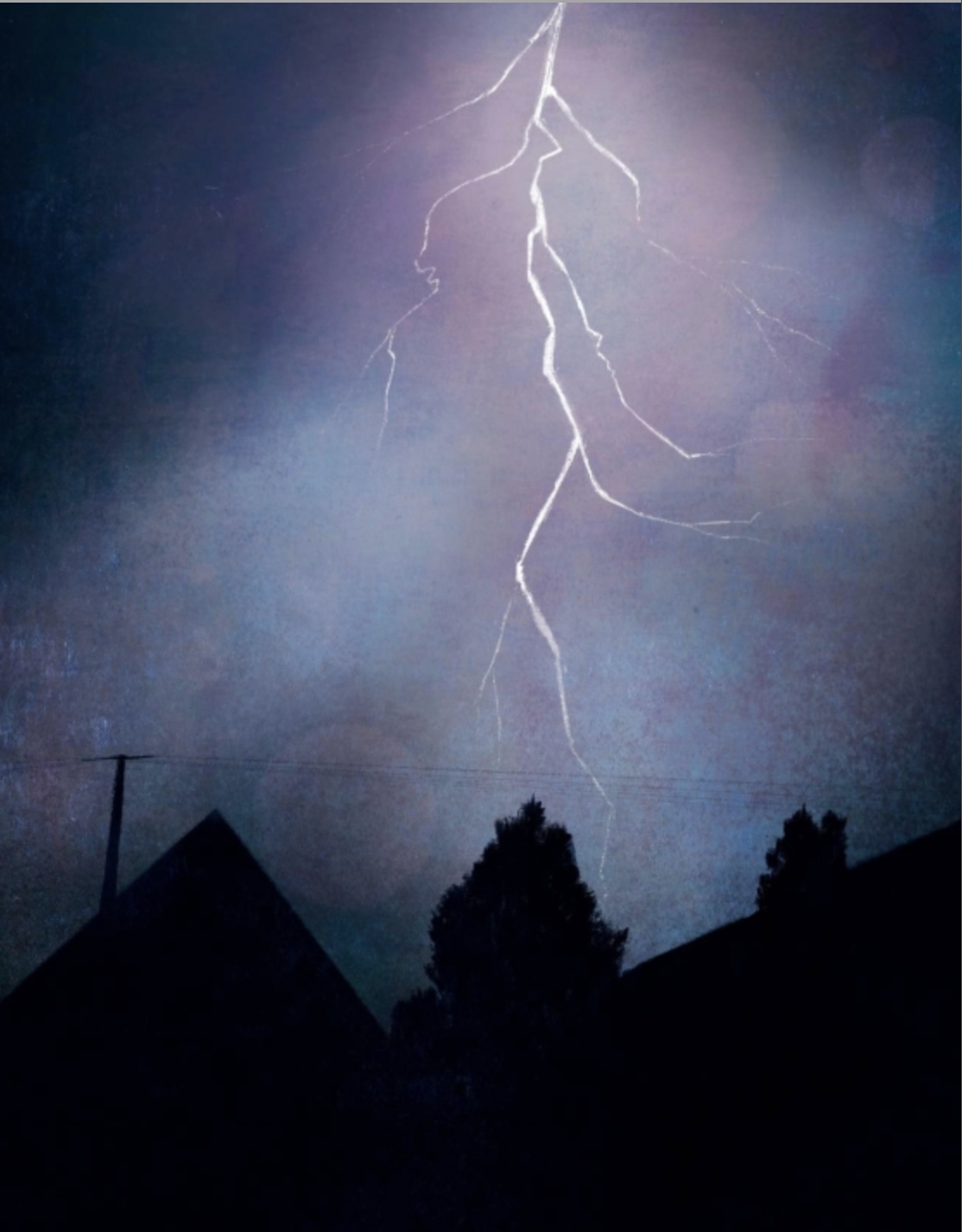
Thirty poems complemented with evocative paints play with images and metaphors, constructing whole new ways to encounter the world. First off, I’m a bit peeved that this book can’t win a Caldecott since its illustrator is inconveniently English. You wouldn’t be able to tell from the cover but the art in this book consists of a series of absolute stunners. I would tentatively propose that the Newbery committee consider this too, though, since Kooser and Wanek have constructed some of the best poetry for kids that you’re going to read in years. My favorite is probably “The World Without Me” which postulates about the mirror world you see in puddles just after the rain has stopped and then saves a worm from drowning. “In the world without me, the worm died. But in this world, I saved the worm.” One of my favorites of 2022.
On the Move: Home Is Where You Find It by Michael Rosen, ill. Quentin Blake
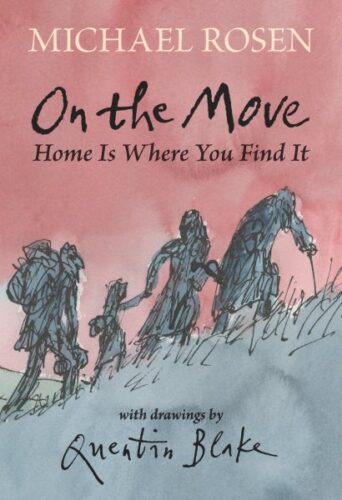
In 49 poems Michael Rosen tells the story of his family, lost to the Holocaust. He also ties their tale into the plight of migrants worldwide today. A book that puts our current world in context for kids. It’s a collection of poems all put together. It’s a memoir. It’s history. It’s not a single solitary type of book which, naturally, makes it all the more difficult to place. Even so, this may be the best thing Michael Rosen has put together in years and years (with apologies to this year’s Sticky McStick). I’ve seen too few books effectively tie the tide of migrants not simply to migrants in the past, but also to our own personal histories. It took me a little while to get into, but once you down this book it makes a huge impact. I keep thinking and thinking about the poem about the woman who thought she was walking around with diamonds in her heels, only to find out years later that it was just glass.
Out of This World: Star-Studded Haiku by Sally M. Walker, ill. Matthew Trueman

“hugged by gravity / eight planets bask in sunlight / solar family.” Gentle haikus introduce young readers to the cosmos itself while accompanying art makes the concepts palpable and real. It can be hard to resist space haiku combined with eye-popping mixed media art. Walker’s done haiku collections before (Earth Verse: Haiku from the Ground Up) but I like this particular change of pace. It starts with what I would consider the most easily spotted constellation in the sky, Orion, jumps to the Galileo and Hubble telescopes, and after that we’re off into the stars. Trueman gets to do everything from the Big Bang to Jupiter’s red eye in this book, and I just found it a lot of fun. Copious backmatter tells more (I had no idea that Ultima Thule looked like a space snowman) but you could easily use this book to introduce a lot of these concepts to young readers who are new to our solar system and beyond.
The Real Dada Mother Goose: A Treasury of Complete Nonsense by Jon Scieszka, ill. Julia Rothman
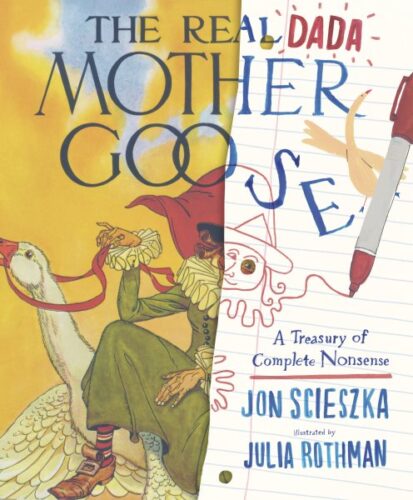

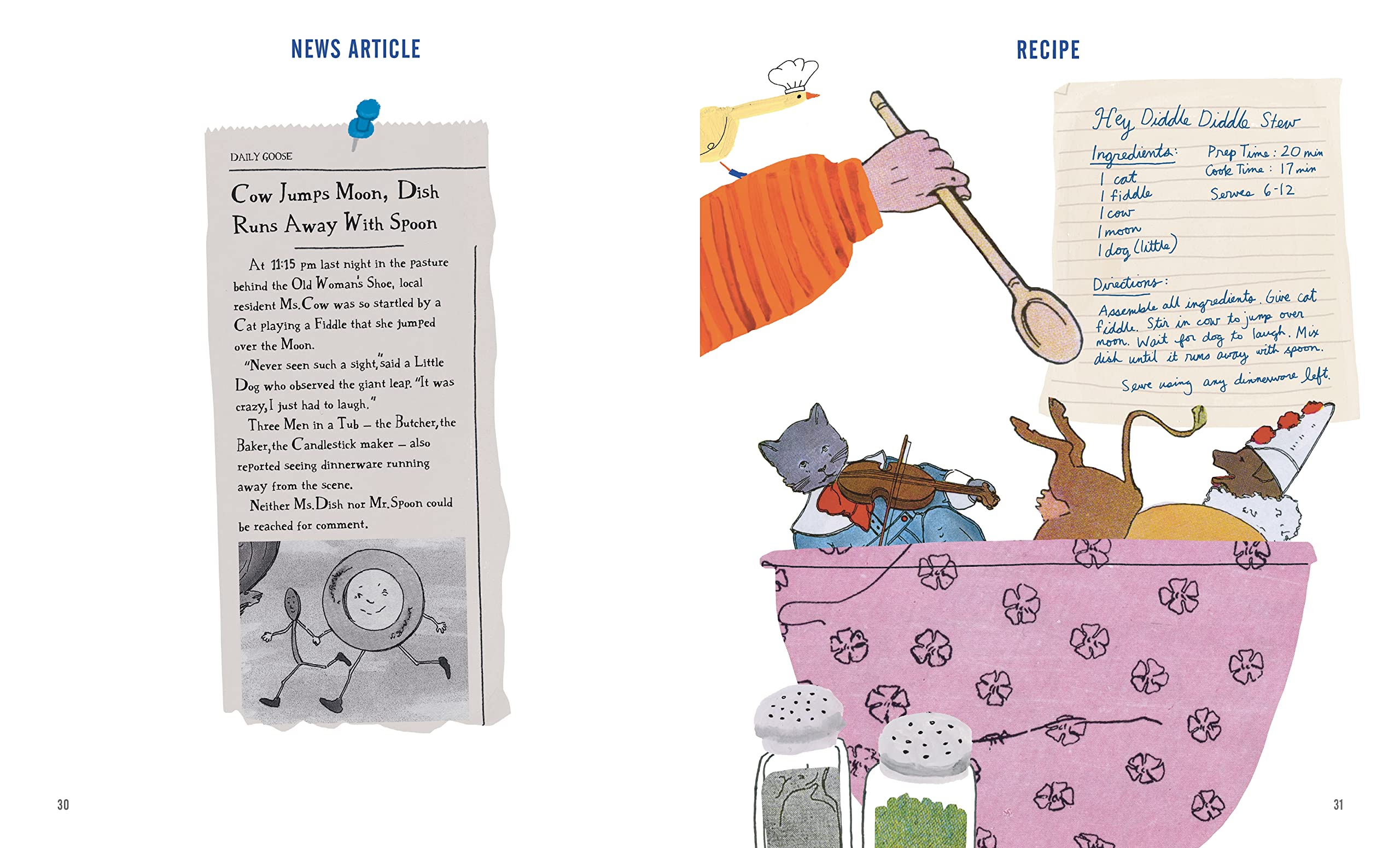
Master funnyman Jon Scieszka reworks classic nursery rhymes in ways that use everything from pig latin to secret codes. A rollicking reworking that’ll have you rolling in the aisles. The man who redefined fractured fairytales with his Stinky Cheese Man is now tearing up the nursery rhymes of the world in what has got to be the most brilliant deconstruction I have ever seen. I mean, first and foremost, it’s apparently a tribute to the Oulipo school’s Exercises in Style by Raymond Queneau. And if that reference isn’t ringing any bells, don’t worry. Me neither. Fortunately there is a ton of backmatter explaining stuff, like how the N+7 code was created by an organization that liked to invent different writing rules. Exercises in Style itself tells a simple story of a man on a bus, retold ninety-nine different ways. This book? It takes the very-much-in-the-public-domain The Real Mother Goose by Blanche Fisher Wright and then reworks six of her nursery rhymes, art and all, six different ways. We’re talking morse code, Esperanto, the military alphabet, anagrams, rebuses, spoonerisms, and way way more. I didn’t really know Julia Rothmann before but she does a great and lovely job of cutting up those old 1916 pictures. A hit, I say! A veritable hit!
Serengeti: Plains of Grass by Leslie Bulion, ill. Becca Stadtlander
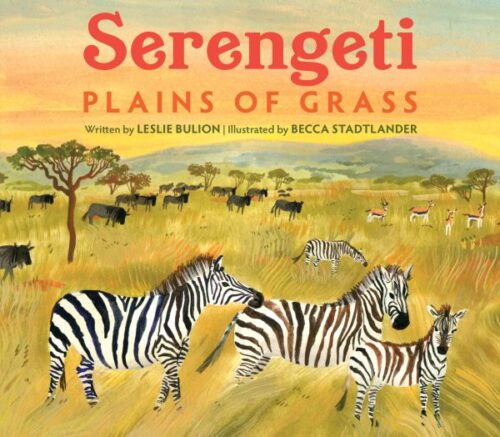
“Parched soil bed of volcano ash / roots asleep in a tangled mesh.” Lyrical poetry brings to vibrant life the interconnectedness of bugs, plants, and animals in a singular ecosystem. Hold the phone! Hold your horses! Stop right there and put aside your skeptical raised eyebrows. Yes, this is another Serengeti book. Yes, we are all a little tired of the Serengeti at this point. And yes, this cover, like the stripes on a zebra, camouflages it so that it is indistinguishable from all the other Serengeti books out there. That said, this may well be the best book I’ve seen to really dig down and explain the interconnected nature of life in this particular habitat. Ignore the first page that’s just full of text. I don’t know why that’s there. Should have been in the backmatter. Once you get beyond that you’ll encounter the poems, which are good, and highlight this really cool link between different species in a single space. Kids hear a lot of talk about “the circle of life” and all that. This book makes it a lot more real than I’ve found elsewhere. Evocative and informative.
Star Child: A Biographical Constellation of Octavia Estelle Butler by Ibi Zoboi
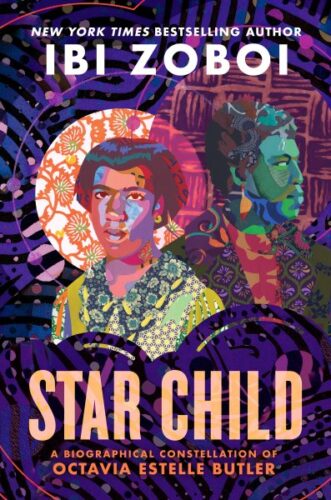
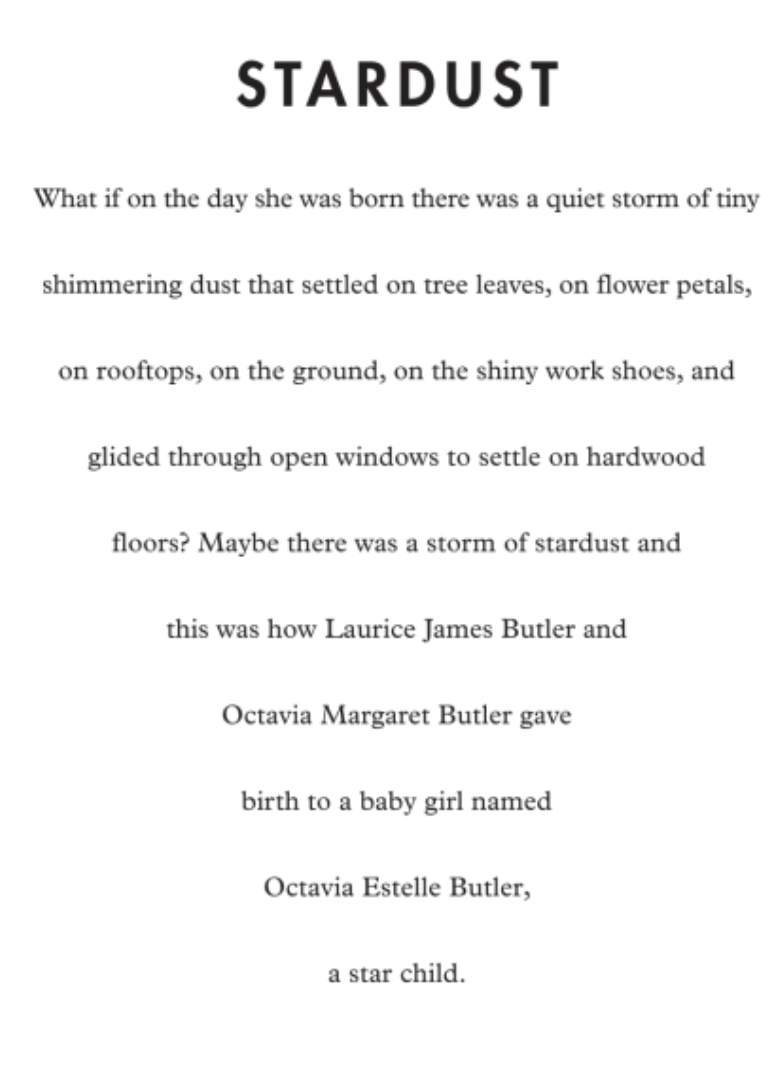
With vivid poems and engaging mini-chapters, Zoboi offers a cosmic look at the legendary science fiction writer’s youth and the events that inspired her to create such otherworldly stories. This is great! I checked out a copy from the library and loved everything about it. There are facts about Octavia’s life in here but it’s also just chock full of poems. But what really came through to me throughout the book was just how real Octavia was as a person. Taking archery so that she wouldn’t have to deal with other people? I felt that. A pity she never wrote anything for kids, but who cares? This is some really cool stuff and I want it on every list that there is!
Stopping by Woods on a Snowy Evening by Robert Frost, ill. P.J. Lynch
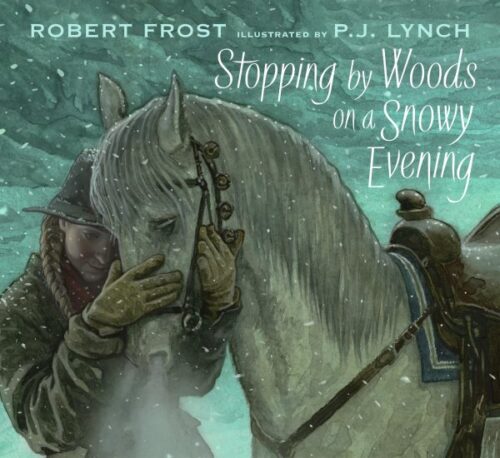
ADVERTISEMENT
ADVERTISEMENT
“And miles to go before I sleep…” The classic Robert Frost sees new life in this adept adaptation to the picture book page. Meanwhile watercolor and gouache illustrations bring Frost’s 100-year-old poem to remarkable life. Certainly if you’ve never seen a P.J. Lynch book before, you’re bound to be wowed by his images here. But of course the thing about Lynch is that he is, ultimately, a very faithful illustrator. I’ve never seen him try to interpret a text in a different image or style. Here, a poem that I normally association with an old white guy is given to a young white girl. Lynch perfectly captures that weird light you get when it’s nighttime and it’s bouncing off of the snow. I found the book strange and rather beautiful, even if I don’t think it breaks too much new ground.
Take Off Your Brave: The World Through the Eyes of a Preschool Poet by Nadim (age 4), ill. Yasmeen Ismail
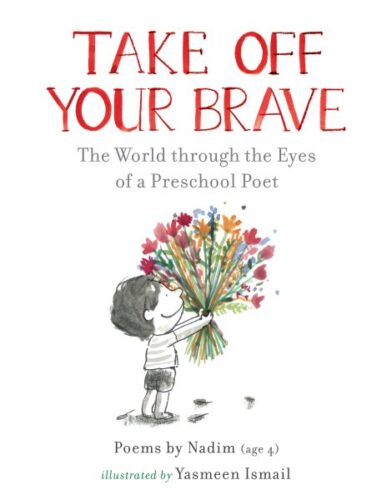
When Nadim was 4-years-old his mom told him that a poem is “a kind of story of a feeling or a moment.” Delve into Nadim’s 23 poems, each capturing what it means to really and truly be a kid. We all have these prejudices we carry around with us about books, even before we pick them up. One of mine is of books written by kids. I love kids. I love it when kids write books. But that doesn’t mean that they’re any good. The weird thing about this book, however, is that it’s really very good. Some of this is due to the fact that a genius editor thought to give the text to Yasmeen Ismail, who is one of England’s finest illustrators (I’ve always thought of her art as a combination of Quentin Blake and Lauren Tobia). But the poems really and truly do work. They’re cute and are unapologetically British (which may account for a lot of my love because what American can resist the term “baddies”?). It really does feel authentically “kid” and cute without being cutesy, y’know? I guess my bar was low when I read it, but this book completely won me over. Give it a try.
Wait – and See by Helen Frost, photography by Rick Lieder

“If a quick small movement takes you by surprise,/ stop and look – move nothing but your eyes.” Jaw-dropping photography accompanies a delicate poem following the life of an ever patient praying mantis. Mmm. Okay, let’s all decide together whether or not we should place this in the picture book, the poetry, or the nonfiction picture book section. My vote? Poetry all the way. After all, the title page says that the “poem” is by Ms. Frost, and who are we to argue? We’ve seen Helen and Rick put together these remarkable and remarkably simple photograph-heavy picture books before. This one, however, may be my favorite. I know that there are praying mantises in the wild, but I’ve never run into them myself. So you have these magnificent shots of the bug on the one hand, and then there’s this image I have never, ever, even known about of an ootheca (the egg case a mantis creates) with hundreds of mantis nymphs emerging. It’s fascinating and more than a little unnerving and I love it. The poetry is, of course, fantastic as well. Pretty much one of the coolest photo illustrated titles of the year.
Yuck, You Suck! Poems About Animals That Sip, Slurp, Suck by Jane Yolen and Heidi E.Y. Stemple, ill. Eugenia Nobati

I want you to understand that deranged eyeballs on a poetry picture book will, many times, be sufficient to get me interested in the contents therein. Add in the fact that this book is technically a STEM title, but with a delightfully gross twist, and the poetry itself just becomes a helpful bonus. You want poetry with bite? You got it, babe. Mother/daughter team Yolen/Stemple have conjured up 15 different poems on creatures with sucking abilities. You’ll know some of them already, like mosquitoes or vampire bats. But did you know that pigeons have a beak that works like a straw (unlike many other birds)? Or that remoras don’t (actually) suck? There’s plenty of gross qualities to enjoy (I got one word for you: lampreys) and a wide variety of poetic styles ranging from haikus to concrete poems. Add in the great backmatter (“Anatomical Terms for Parts That Suck”, “Animals Suck for a Reason”, “Other Books to Sink Your Proboscis Into”) which also includes additional info on each sucker AND a glossary and you have yourself one heckuva disgusting class act.
Want to see other lists? Stay tuned for the rest this month!
December 1 – Great Board Books
December 2 – Picture Book Readalouds
December 3 – Simple Picture Book Texts
December 4 – Transcendent Holiday Picture Books
December 5 – Rhyming Picture Books
December 6 – Funny Picture Books
December 7 – CaldeNotts
December 8 – Picture Book Reprints
December 9 – Math Books for Kids
December 10 – Gross Books
December 11 – Books with a Message
December 12 – Fabulous Photography
December 13 – Translated Picture Books
December 14 – Fairy Tales / Folktales / Religious Tales
December 15 – Wordless Picture Books
December 16 – Poetry Books
December 17 – Unconventional Children’s Books
December 18 – Easy Books & Early Chapter Books
December 19 – Comics & Graphic Novels
December 20 – Older Funny Books
December 21 – Science Fiction Books
December 22 – Fantasy Books
December 23 – Informational Fiction
December 24 – American History
December 25 – Science & Nature Books
December 26 – Unique Biographies
December 27 – Nonfiction Picture Books
December 28 – Nonfiction Books for Older Readers
December 29 – Best Audiobooks for Kids
December 30 – Middle Grade Novels
December 31 – Picture Books
Filed under: 31 Days 31 Lists, Best Books, Best Books of 2022
About Betsy Bird
Betsy Bird is currently the Collection Development Manager of the Evanston Public Library system and a former Materials Specialist for New York Public Library. She has served on Newbery, written for Horn Book, and has done other lovely little things that she'd love to tell you about but that she's sure you'd find more interesting to hear of in person. Her opinions are her own and do not reflect those of EPL, SLJ, or any of the other acronyms you might be able to name. Follow her on Twitter: @fuseeight.
ADVERTISEMENT
ADVERTISEMENT
SLJ Blog Network
The Moral Dilemma of THE MONSTER AT THE END OF THIS BOOK
Winnie-The-Pooh | Review
Parsing Religion in Public Schools
ADVERTISEMENT







